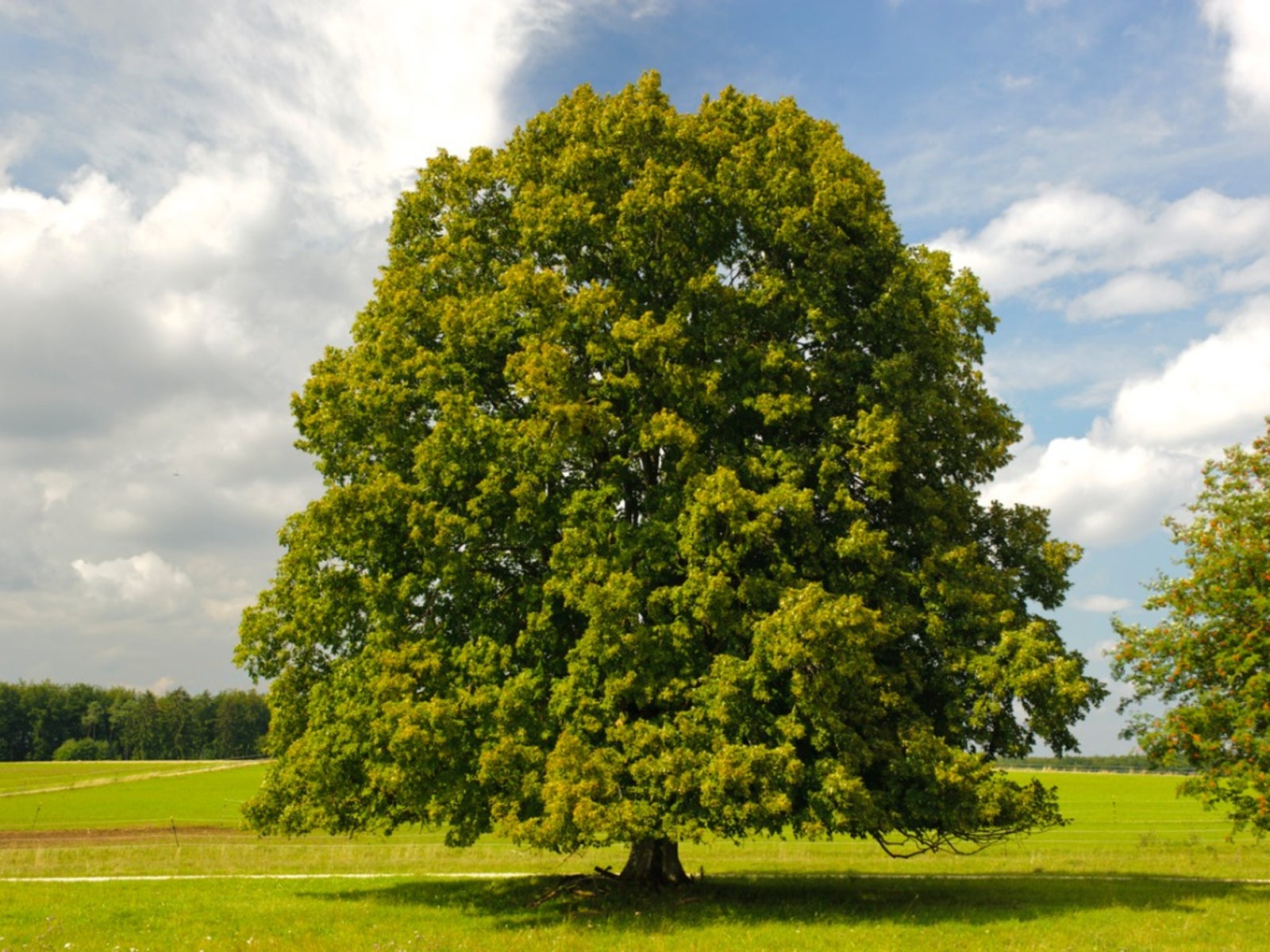A Botanical Exploration: The Linden Tree
Linden trees, with their graceful canopies and fragrant blooms, have long held a place of reverence and admiration in human culture. These majestic trees, scientifically known as Tilia, are native to temperate regions of the Northern Hemisphere and have been cherished for their beauty, ecological benefits, and cultural significance for centuries.
A Brief Overview of Linden Trees
Linden trees belong to the Malvaceae family and are characterized by their large, heart-shaped leaves, fragrant flowers, and distinctive winged fruits called samaras. They are known for their rapid growth, long lifespan, and ability to reach impressive heights. Linden trees are often planted in urban environments for their ornamental value and their role in improving air quality.

Ecological Significance of Linden Trees
Linden trees play a crucial role in maintaining ecological balance. Their dense canopies provide shade, reducing temperatures and conserving moisture. They also serve as habitat for a diverse range of wildlife, including birds, insects, and small mammals. Linden trees are known for their deep root systems, which help to stabilize soil and prevent erosion.
Furthermore, linden trees contribute to air quality by absorbing pollutants and releasing oxygen. Their leaves are covered in tiny hairs that trap particulate matter from the air, helping to purify the atmosphere. This makes linden trees particularly valuable in urban areas where air pollution is a concern.
Cultural and Historical Significance of Linden Trees

Linden trees have been deeply intertwined with human culture for thousands of years. In ancient Greece, linden trees were associated with the goddess Aphrodite, who was believed to have used linden leaves to make love potions. In Norse mythology, the world tree, Yggdrasil, was said to be a linden tree.
Linden trees have also played a significant role in European folklore and tradition. They were often planted near churches and village greens, serving as gathering places for communities. Linden wood was used to make musical instruments, such as lutes and violins, and linden blossoms were used to make herbal teas and perfumes.
Linden Tree Species and Varieties
There are numerous species and varieties of linden trees, each with its own unique characteristics. Some of the most common linden tree species include:

American Linden (Tilia americana): This species is native to North America and is known for its large size and fragrant flowers.
Planting and Caring for Linden Trees
Linden trees are relatively easy to care for and can be planted in a variety of soil conditions. They prefer full sun but can tolerate some shade. It is important to provide linden trees with adequate water, especially during dry periods. Regular fertilization can also help to promote healthy growth.
The Beauty and Benefits of Linden Trees
Linden trees are truly remarkable plants that offer a multitude of benefits. Their beauty, ecological significance, and cultural importance make them an invaluable addition to any landscape. Whether planted in a backyard garden or a public park, linden trees provide a lasting legacy for generations to come.

:strip_icc()/Star-Jasmine-Bb09HQPpasXBPjzYMW55cV-cae2b5707aa74a3ba328959ad0357284.jpg?w=200&resize=200,112&ssl=1)




